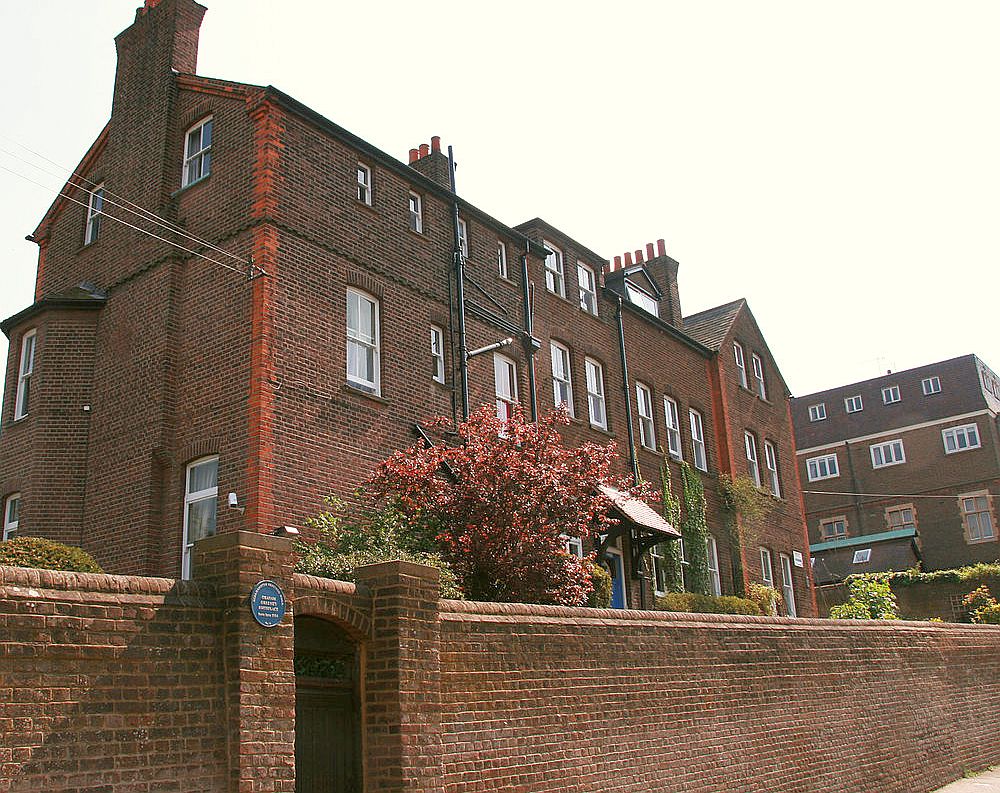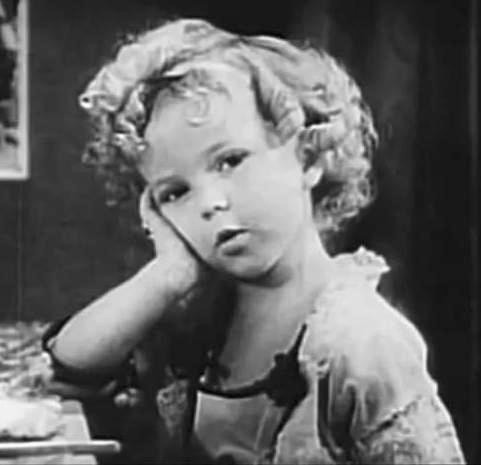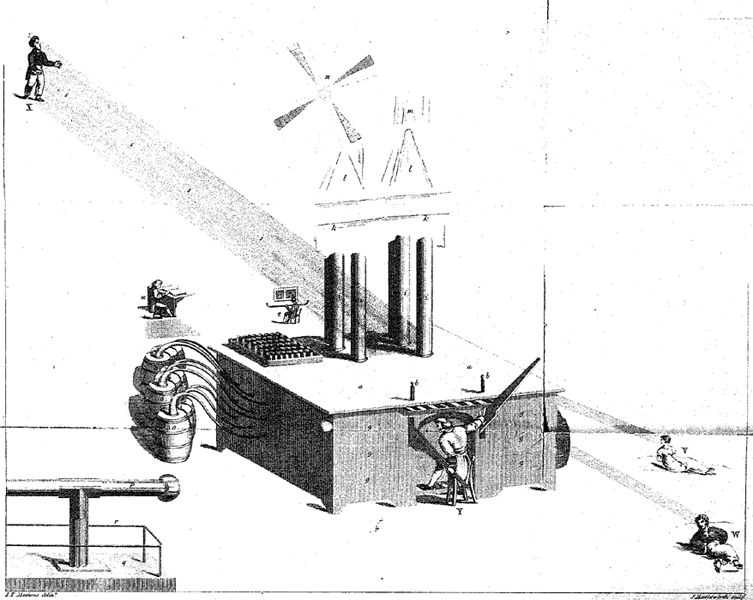|
The Power And The Glory
''The Power and the Glory'' is a 1940 novel by British author Graham Greene. The title is an allusion to the doxology often recited at the end of the Lord's Prayer: "For thine is the kingdom, the power, and the glory, forever and ever, amen." It was initially published in the United States under the title ''The Labyrinthine Ways''. Greene's novel tells the story of a renegade Catholic ' whisky priest' (a term coined by Greene) living in the Mexican state of Tabasco in the 1930s, a time when the Mexican government was attempting to suppress the Catholic Church. That suppression had resulted in the Cristero War (1927–1929), so named for its Catholic combatants' slogan "''Viva Cristo Rey'' ("Long live Christ the King"). In 1941, the novel received the Hawthornden Prize British literary award. In 2005, it was chosen by ''TIME'' magazine as one of the hundred best English-language novels since 1923. Plot The main character is an unnamed 'whisky priest', who combines a great pow ... [...More Info...] [...Related Items...] OR: [Wikipedia] [Google] [Baidu] |
Graham Greene
Henry Graham Greene (2 October 1904 – 3 April 1991) was an English writer and journalist regarded by many as one of the leading English novelists of the 20th century. Combining literary acclaim with widespread popularity, Greene acquired a reputation early in his lifetime as a major writer, both of serious Catholic literary revival, Catholic novels, and of thrillers (or "entertainments" as he termed them). He was shortlisted for the Nobel Prize in Literature several times. Through 67 years of writing, which included over 25 novels, he explored the conflicting moral and political issues of the modern world. He was awarded the 1968 Shakespeare Prize and the 1981 Jerusalem Prize. He converted to Catholicism in 1926 after meeting his future wife, Vivien Greene, Vivien Dayrell-Browning. Later in life he took to calling himself a "Catholic agnostic". He died in 1991, at age 86, of leukemia, and was buried in Corseaux cemetery. Early years (1904–1922) Henry Graham Green ... [...More Info...] [...Related Items...] OR: [Wikipedia] [Google] [Baidu] |
Brandy
Brandy is a liquor produced by distilling wine. Brandy generally contains 35–60% alcohol by volume (70–120 US proof) and is typically consumed as an after-dinner digestif. Some brandies are aged in wooden casks. Others are coloured with caramel colouring to imitate the effect of aging, and some are produced using a combination of both aging and colouring. Varieties of wine brandy can be found across the winemaking world. Among the most renowned are Cognac and Armagnac from southwestern France. In a broader sense, the term ''brandy'' also denotes liquors obtained from the distillation of pomace (yielding pomace brandy), or mash or wine of any other fruit ( fruit brandy). These products are also called '' eau de vie'' (which translates to "water of life"). History The origins of brandy are tied to the development of distillation. While the process was known in classical times, it was not used for significant beverage production until the 15th century. In the early ... [...More Info...] [...Related Items...] OR: [Wikipedia] [Google] [Baidu] |
Anti-clerical
Anti-clericalism is opposition to religious authority, typically in social or political matters. Historical anti-clericalism has mainly been opposed to the influence of Roman Catholicism. Anti-clericalism is related to secularism, which seeks to separate the church from public and political life. Some have opposed clergy on the basis of moral corruption, institutional issues and/or disagreements in religious interpretation, such as during the Protestant Reformation. Anti-clericalism became extremely violent during the French Revolution because revolutionaries claimed the church played a pivotal role in the systems of oppression which led to it. Many clerics were killed, and French revolutionary governments tried to put priests under the control of the state by making them employees. Anti-clericalism appeared in Catholic Europe throughout the 19th century, in various forms, and later in Canada, Cuba, and Latin America. According to the Pew Research Center several post-communi ... [...More Info...] [...Related Items...] OR: [Wikipedia] [Google] [Baidu] |
The Independent
''The Independent'' is a British online newspaper. It was established in 1986 as a national morning printed paper. Nicknamed the ''Indy'', it began as a broadsheet and changed to tabloid format in 2003. The last printed edition was published on Saturday 26 March 2016, leaving only the online edition. The newspaper was controlled by Tony O'Reilly's Irish Independent News & Media from 1997 until it was sold to the Russian oligarch and former KGB Officer Alexander Lebedev in 2010. In 2017, Sultan Muhammad Abuljadayel bought a 30% stake in it. The daily edition was named National Newspaper of the Year at the 2004 British Press Awards. The website and mobile app had a combined monthly reach of 19,826,000 in 2021. History 1986 to 1990 Launched in 1986, the first issue of ''The Independent'' was published on 7 October in broadsheet format.Dennis Griffiths (ed.) ''The Encyclopedia of the British Press, 1422–1992'', London & Basingstoke: Macmillan, 1992, p. 330 It was prod ... [...More Info...] [...Related Items...] OR: [Wikipedia] [Google] [Baidu] |
Alberto Cavalcanti
Alberto de Almeida Cavalcanti (February 6, 1897 – August 23, 1982) was a Brazilian-born film director and producer. He was often credited under the single name "Cavalcanti". Early life Cavalcanti was born in Rio de Janeiro, the son of a prominent mathematician. He was a precociously intelligent child and, by the age of 15, was studying law at university, but was expelled following an argument with a professor. His father sent him to Geneva, Switzerland, on condition that he did not study law or politics. Cavalcanti chose to study architecture instead. At 18, he moved to Paris to work for an architect, later switching to working in interior design. After a visit to Brazil, he took up a position at the Brazilian consulate in Liverpool, England. Cavalcanti corresponded with Marcel L'Herbier, a leading light in France's avant-garde film movement, which led to a job offer from L'Herbier for Cavalcanti to work as a set designer. Film career In 1920, Cavalcanti left his job at t ... [...More Info...] [...Related Items...] OR: [Wikipedia] [Google] [Baidu] |
Wee Willie Winkie (film)
''Wee Willie Winkie'' is a 1937 American adventure drama film directed by John Ford and starring Shirley Temple, Victor McLaglen, and Cesar Romero. The screenplay by Julien Josephson and Ernest Pascal was based on a story by Rudyard Kipling. The film's story concerns the British presence in 19th-century India. The production was filmed largely at the Iverson Movie Ranch in Chatsworth, California, where a number of elaborate sets were built for the film. The film is noteworthy for not having any elaborate song or dance routines which had become staples in Temple's films for 20th Century Fox. William S. Darling and David S. Hall were nominated for an Academy Award for Best Art Direction. Plot During the British Raj, Sergeant Donald MacDuff escorts Joyce Williams, an impoverished widow, and her young daughter, Priscilla, to a military outpost on the northern frontier of British occupied India to live with her stern father-in-law, Colonel Williams. Along the way, they witness ... [...More Info...] [...Related Items...] OR: [Wikipedia] [Google] [Baidu] |
Shirley Temple
Shirley Temple Black (born Shirley Jane Temple;While Temple occasionally used "Jane" as a middle name, her birth certificate reads "Shirley Temple". Her birth certificate was altered to prolong her babyhood shortly after she signed with Fox in 1934; her birth year was advanced from 1928 to 1929. Even her baby book was revised to support the 1929 date. She confirmed her true age when she was 21 (Burdick 5; Edwards 23''n'', 43''n''). April 23, 1928 – February 10, 2014) was an American actress, singer, dancer, and diplomat who was Hollywood's number one box-office draw as a child actress from 1934 to 1938. Later, she was named United States ambassador to Ghana and Czechoslovakia, and also served as Chief of Protocol of the United States. Temple began her film career at the age of three in 1931. Two years later, she achieved international fame in '' Bright Eyes'', a feature film produced specially for her talents. She received a special Juvenile Academy Award in February 1 ... [...More Info...] [...Related Items...] OR: [Wikipedia] [Google] [Baidu] |
20th Century Fox
20th Century Studios, Inc. (previously known as 20th Century Fox) is an American film studio, film production company headquartered at the Fox Studio Lot in the Century City area of Los Angeles. As of 2019, it serves as a film production arm of Walt Disney Studios (division), Walt Disney Studios, a division of The Walt Disney Company. Walt Disney Studios Motion Pictures distributes and markets the films produced by 20th Century Studios and Walt Disney Studios Home Entertainment (Buena Vista Home Entertainment) distributes the films produced by 20th Century Studios in home media under the 20th Century Studios Home Entertainment banner. For over 80 years – beginning with its founding in 1935 and ending in 2019 (when it became part of Walt Disney Studios), 20th Century Fox was one of the then Major film studio, "Big Six" major American film studios. It was formed in 1935 from the merger of the Fox Film, Fox Film Corporation and Twentieth Century Pictures and was originally known ... [...More Info...] [...Related Items...] OR: [Wikipedia] [Google] [Baidu] |
The History Of The Fairchild Family
''The History of the Fairchild Family'' by Mary Martha Sherwood was a series of bestselling children's books in nineteenth-century Britain. The three volumes, published in 1818, 1842 and 1847, detail the lives of the Fairchild children. Part I, which was in print for over a century, focuses on Emily, Lucy and Henry's realization of their "human depravity" (original sin) and their consequent need for redemption; Parts II and III emphasize more worldly lessons such as etiquette and virtuous consumerism.Cutt, 76. During the nineteenth century, ''The Fairchild Family'' was renowned for its realistic portrayal of childhood and its humor, but Sherwood's book fell from favor as Britain became increasingly secularized and new fashions in children's literature came to dominate the literary scene, represented by works such as Lewis Carroll's ''Alice's Adventures in Wonderland''. In the twentieth century the books have most often been viewed as quintessential examples of the didactic style ... [...More Info...] [...Related Items...] OR: [Wikipedia] [Google] [Baidu] |
Delusion
A delusion is a false fixed belief that is not amenable to change in light of conflicting evidence. As a pathology, it is distinct from a belief based on false or incomplete information, confabulation, dogma, illusion, hallucination, or some other misleading effects of perception, as individuals with those beliefs ''are'' able to change or readjust their beliefs upon reviewing the evidence. However: "The distinction between a delusion and a strongly held idea is sometimes difficult to make and depends in part on the degree of conviction with which the belief is held despite clear or reasonable contradictory evidence regarding its veracity." Delusions have been found to occur in the context of many pathological states (both general physical and mental) and are of particular diagnostic importance in psychotic disorders including schizophrenia, paraphrenia, manic episodes of bipolar disorder, and psychotic depression. Types Delusions are categorized into four different groups: ... [...More Info...] [...Related Items...] OR: [Wikipedia] [Google] [Baidu] |
Judas
Judas Iscariot (; grc-x-biblical, Ἰούδας Ἰσκαριώτης; syc, ܝܗܘܕܐ ܣܟܪܝܘܛܐ; died AD) was a disciple and one of the original Twelve Apostles of Jesus Christ. According to all four canonical gospels, Judas betrayed Jesus to the Sanhedrin in the Garden of Gethsemane by kissing him on the cheek and addressing him as " master" to reveal his identity in the darkness to the crowd who had come to arrest him. His name is often used synonymously with betrayal or treason. The Gospel of Mark gives no motive for Judas's betrayal, but does present Jesus predicting it at the Last Supper, an event also described in all the other gospels. The Gospel of Matthew states that Judas committed the betrayal in exchange for thirty pieces of silver. The Gospel of Luke and the Gospel of John suggest that he was possessed by Satan. According to , after learning that Jesus was to be crucified, Judas attempted to return the money he had been paid for his betrayal t ... [...More Info...] [...Related Items...] OR: [Wikipedia] [Google] [Baidu] |
Mestizo
(; ; fem. ) is a term used for racial classification to refer to a person of mixed European and Indigenous American ancestry. In certain regions such as Latin America, it may also refer to people who are culturally European even though their ancestors are not. The term was used as an ethnic/racial category for mixed-race that evolved during the Spanish Empire. Although, broadly speaking, means someone of mixed European/Indigenous heritage, the term did not have a fixed meaning in the colonial period. It was a formal label for individuals in official documents, such as censuses, parish registers, Inquisition trials, and others. Priests and royal officials might have classified persons as mestizos, but individuals also used the term in self-identification. The noun , derived from the adjective , is a term for racial mixing that did not come into usage until the twentieth century; it was not a colonial-era term.Rappaport, Joanne. ''The Disappearing Mestizo'', p. 247. In the ... [...More Info...] [...Related Items...] OR: [Wikipedia] [Google] [Baidu] |



.jpg)





